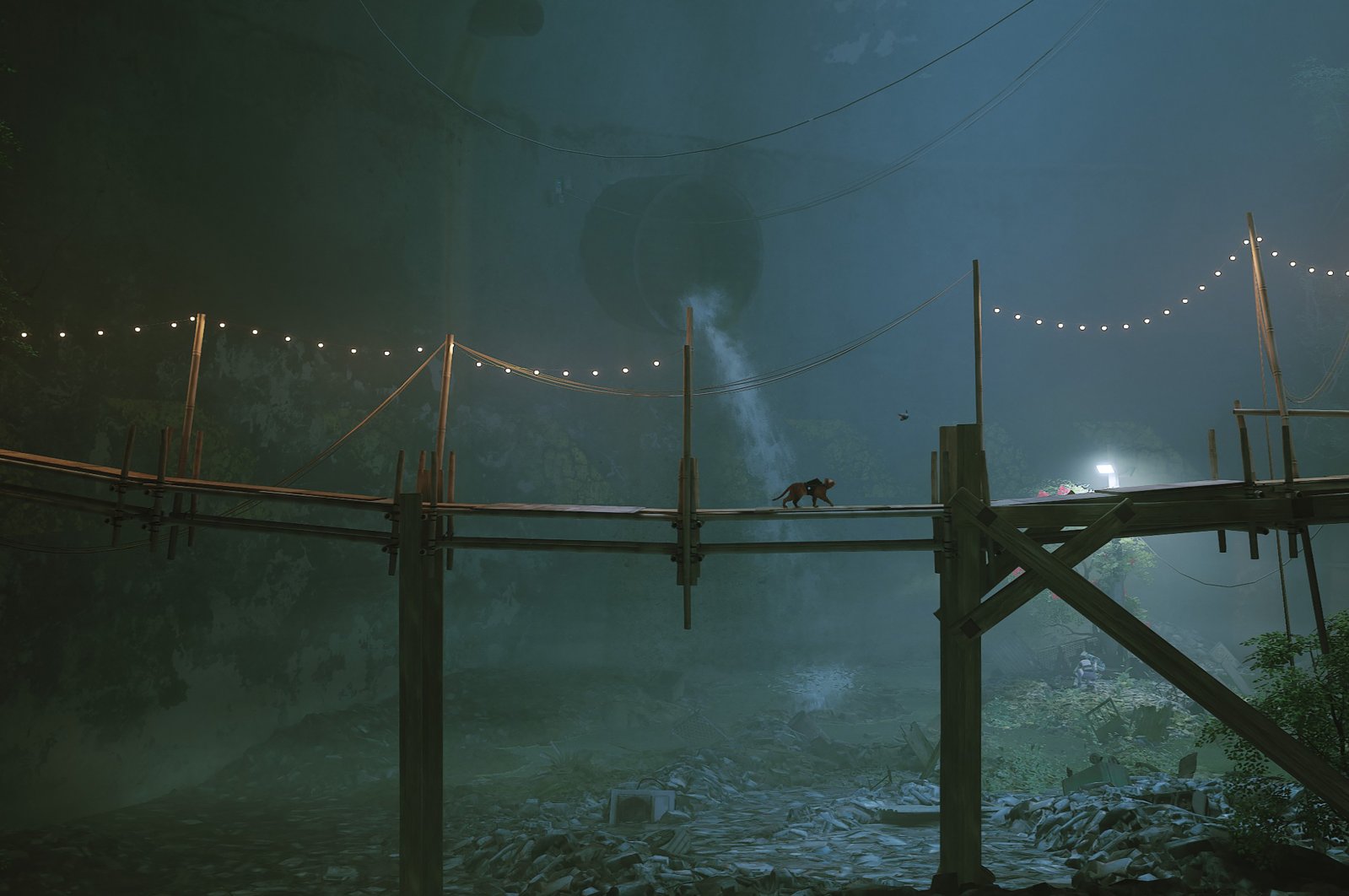
I have always loved cats for as long as I can remember. I was lucky because the housing projects I lived in for most of my childhood were also home to countless stray cats, so there were many options to choose from and play with. I remember when I was 7 or 8 I would drop out of school and pick a spot with several cats and kittens and spend hours there. Most of these cats were playful and also liked to curl up on your lap to sleep. I’d let two or three sleep on me. So you can imagine my excitement when I saw a video game where I could play like a cat.
Stray – a single-player adventure game developed by BlueTwelve Studio and published by Annapurna Interactive – was released on July 19, and I couldn’t be happier. It’s a quirky game. It’s a unique game. It’s a beautiful game.
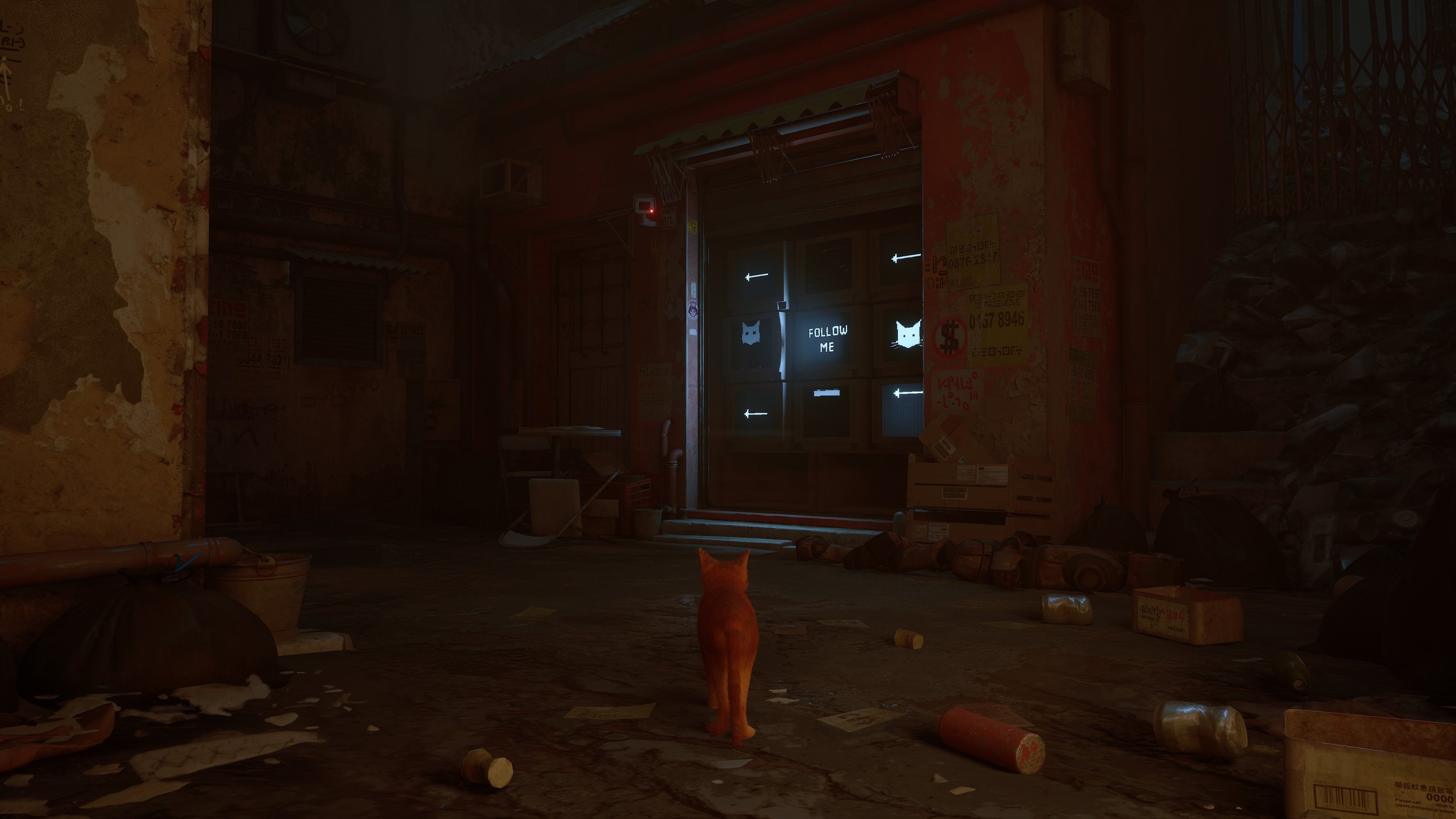
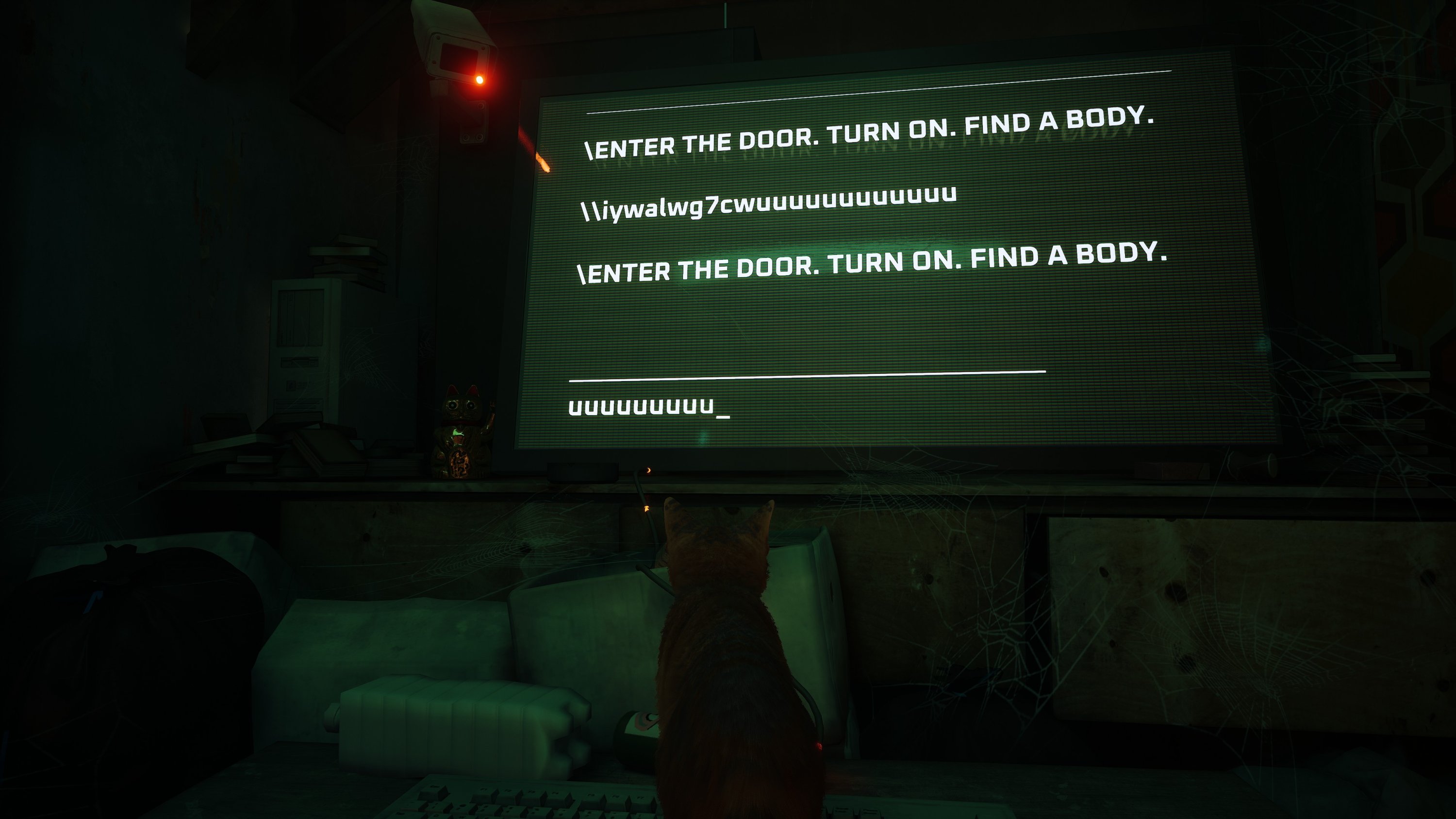
catwalk
Don’t expect great studio quality from Stray as it’s an Indie game at heart, but it knocks most Indie games out of the park with the level of effort, attention to detail and graphical vistas that BlueTwelve Studio has shown.
The game, simply put, follows the story of a stray cat who finds himself in a world populated by robots, machines and viruses and on his way back to his family.
It looks visually stunning. The dystopian setting of the game is a scenic trip from the dark environments at certain points and the neon-streaked city streets at other points, to the strewn rooftops, the canals plagued with vegetation and all the other locations with their unique appearance that all put on a show. , packed with detail and high fidelity and panache. All these vistas capture the player’s gaze, one after the other, like models on a catwalk.
The cyberpunk feel of the game, so in line with the visuals at times, piques the interest of so many, while also scratching the itch of playing like a cat, which I imagine most of us wanted to do at one point or another.
Speaking of catwalks, BlueTwelve Studio seems to have perfected the art of the cat and its gait with the stray movements of the animals as closely resembling those of a real cat, as those with cats at home would attest. They got so many details of the cat right: from walking to talking – although most of our cat bellows’ meows leave more to be desired – to the eccentric mannerisms most cats exhibit on a daily basis.

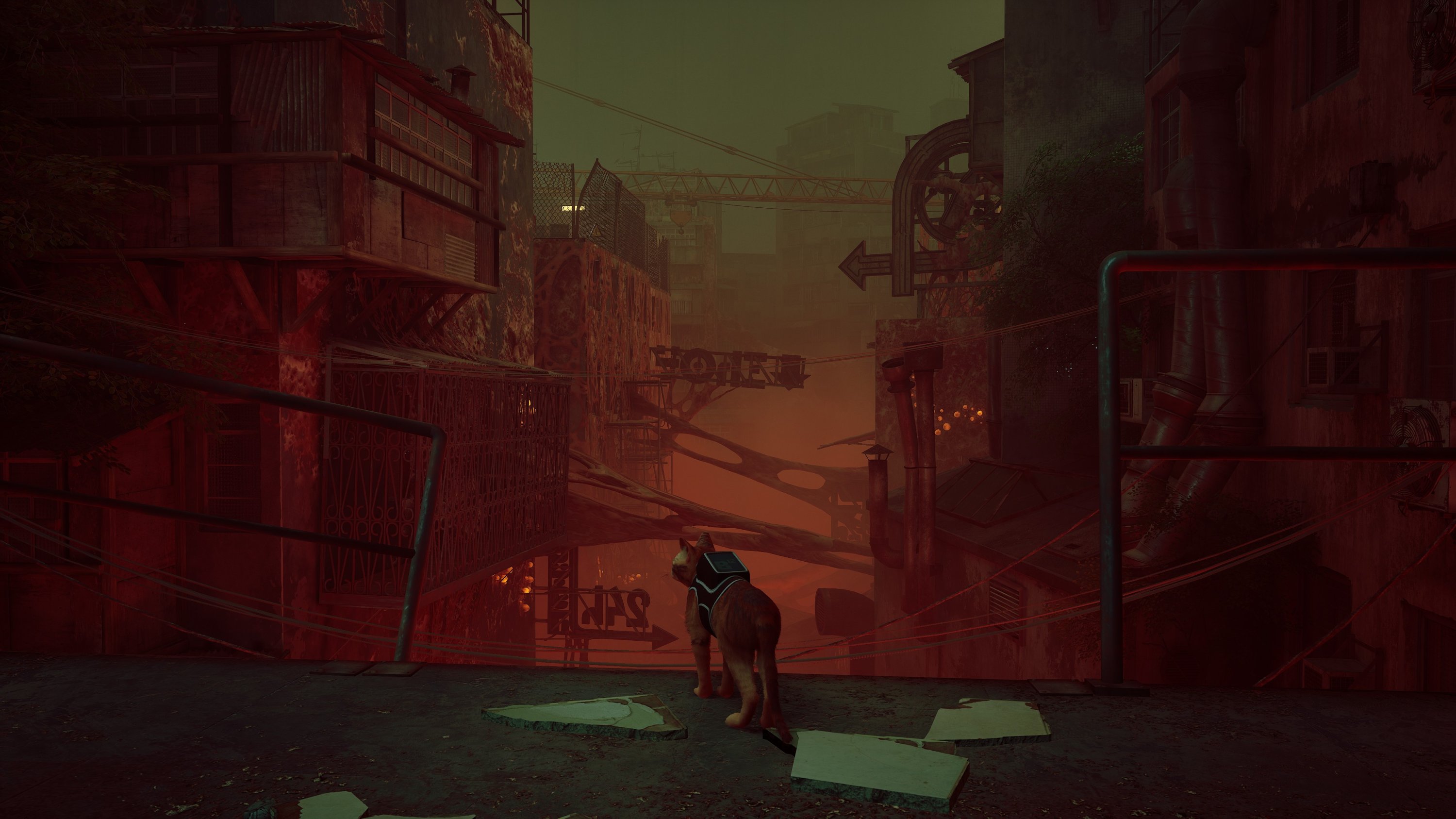
Cat has your tongue?
After we – the cat – have fallen into the abyss and separated from our gang – or family – of cats, we wake up and find ourselves following a series of monitors. Someone is trying to get our attention, or maybe something rather. It points in the direction it wants us to take. When we finally reach our mysterious helper, we discover that it was artificial intelligence (AI) trapped inside a computer. We help the AI migrate to a new body – that’s how it becomes a small flying, drone-robot companion called B12.
It’s strange yet telling that B12 can understand our cat. It shows that technology and information had reached such a magnitude before any dystopian apocalypse took place that robots are able to talk to animals.
So, guided by B12, our adventure begins, our quest to reunite with our pack. Meanwhile, B12 suffers from amnesia, so our other main goal is to help B12 remember its past.
As we walk through the deserted streets, we soon encounter a phenomenon that quickly explains the lack of life in these dark corners of the Earth – I assume it is the Earth where the story takes place, however unrecognizable it may be.
This world is seemingly infested with what can only be described as weird, crawling face-huggers of the night. Now when we see one of these creatures for the first time – even a few – they seem harmless. On the contrary, they seem afraid of us and spread as we go along. In our second encounter, however, we see the threat they can pose if one of their motives begins to haunt us.
We survive with the skin of our teeth in this first encounter with what will be the main enemy enemies of the game – they are called “Zurks”. This brings us to the first major, semi-open-world portion of the game. After escaping the Zurks, we enter a neighborhood that seems safe from the plague of the dark alleys. Here we encounter our first humanoid robot, a sloppy one – trust me, robots can be sloppy.

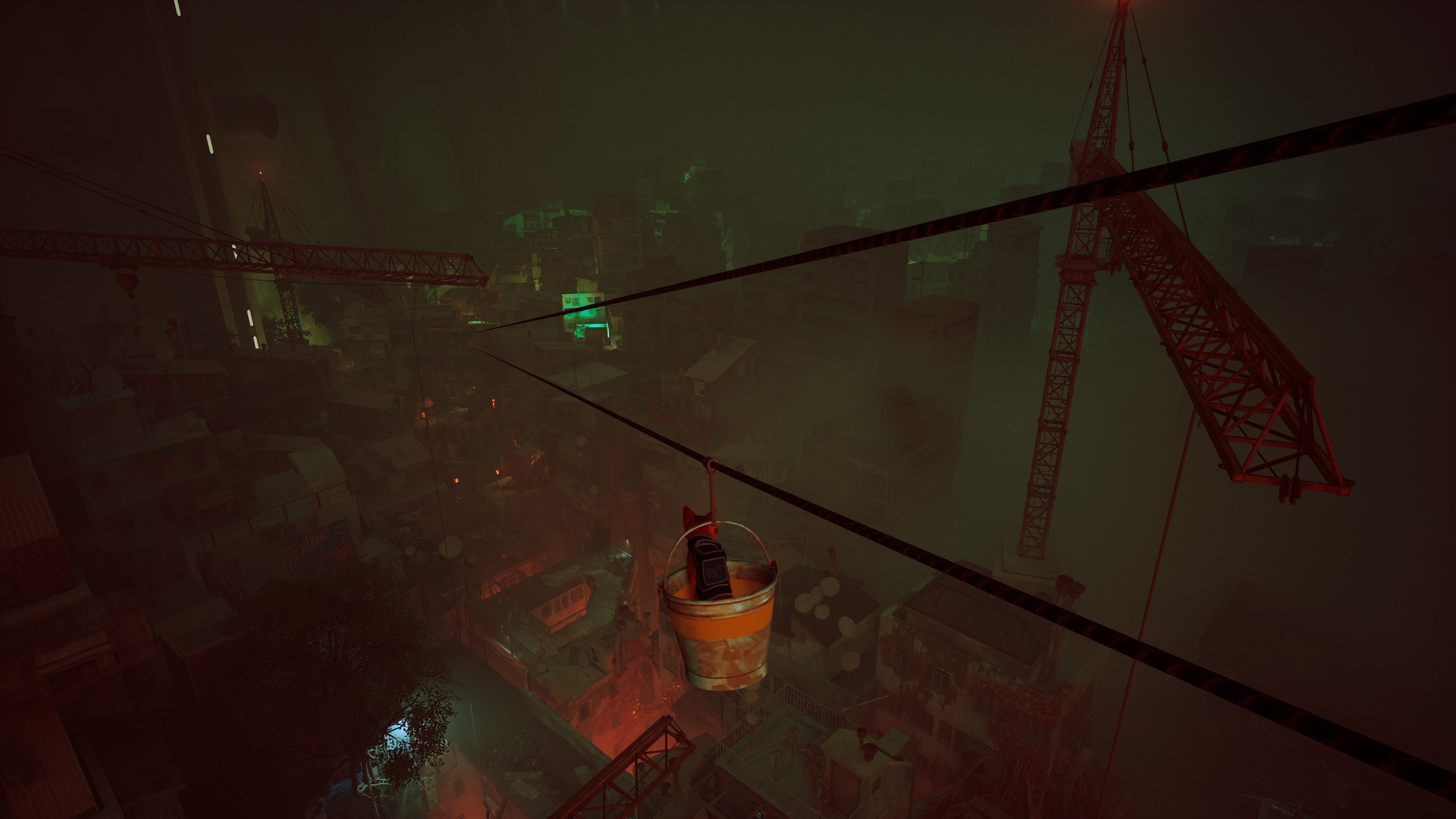
A concerned look hits his face – yes, it should probably say “his”, but these are robots indistinguishable from humans, save for all the metal bits and the digital eyes – and he sounds the alarm, mistaking us for a zurk. As we move through the neighborhood, anyone who sees us runs away in a hurry and frightened, locking doors for us. We soon find ourselves at the feet of the neighborhood security robot who realizes we’re definitely not Zurk, although he in turn believes we’re some kind of little robot.
Here we learn a little bit about this world we inhabit. While the city is completely devoid of human life, their robotic servants, Companions, are left behind. In the time of humanity’s absence, the Companions have become self-conscious and built their own society among the ruins of the city, but they are also trapped underground.
Besides, we can’t communicate directly with robots, or companions – or rather, we can’t understand them because they speak a foreign language, a language that robots invented themselves – so B12 takes the role of our interpreter, helping us understand the Companions to understand, and vice versa.
Ultimately, the Guardian allows us to stay close, in this safe haven surrounded on all sides by ravaged ruins. So we keep looking for a way out.
World in cat-a-strophe
The developers started imagining the world of Stray in 2015. Aesthetically, the setting was heavily influenced by the Kowloon Walled City – an unmanaged and densely populated de jure Chinese enclave – which they believed to be the “perfect playground for a cat” due to its distinct trails and views.
The contrasting elements such as the “small, organic and lively” cat against the “angular and bold” robots were of great interest to the developers and their hard work is on display for all to see. This underground settlement is a world of contrasts, green against red, organic against robot, man against nature, life against death.
The gameplay feels very akin to watching a real cat, which speaks volumes in terms of the developers’ ability to perfect cats’ mannerisms, movements and appearance – which owners of the cat kings will attest.
The gameplay experience design is specifically inspired by BlueTwelve Studio founders’ cats, Murtaugh and Riggs, and the studio’s house cats, Oscar and Jun. Among them are Murtaugh, a former stray cat found under a car in France. Montpellier, was the main inspiration for the main character of the game. Meanwhile, Oscar, a furry Sphynx, provided an effective reference for animation.
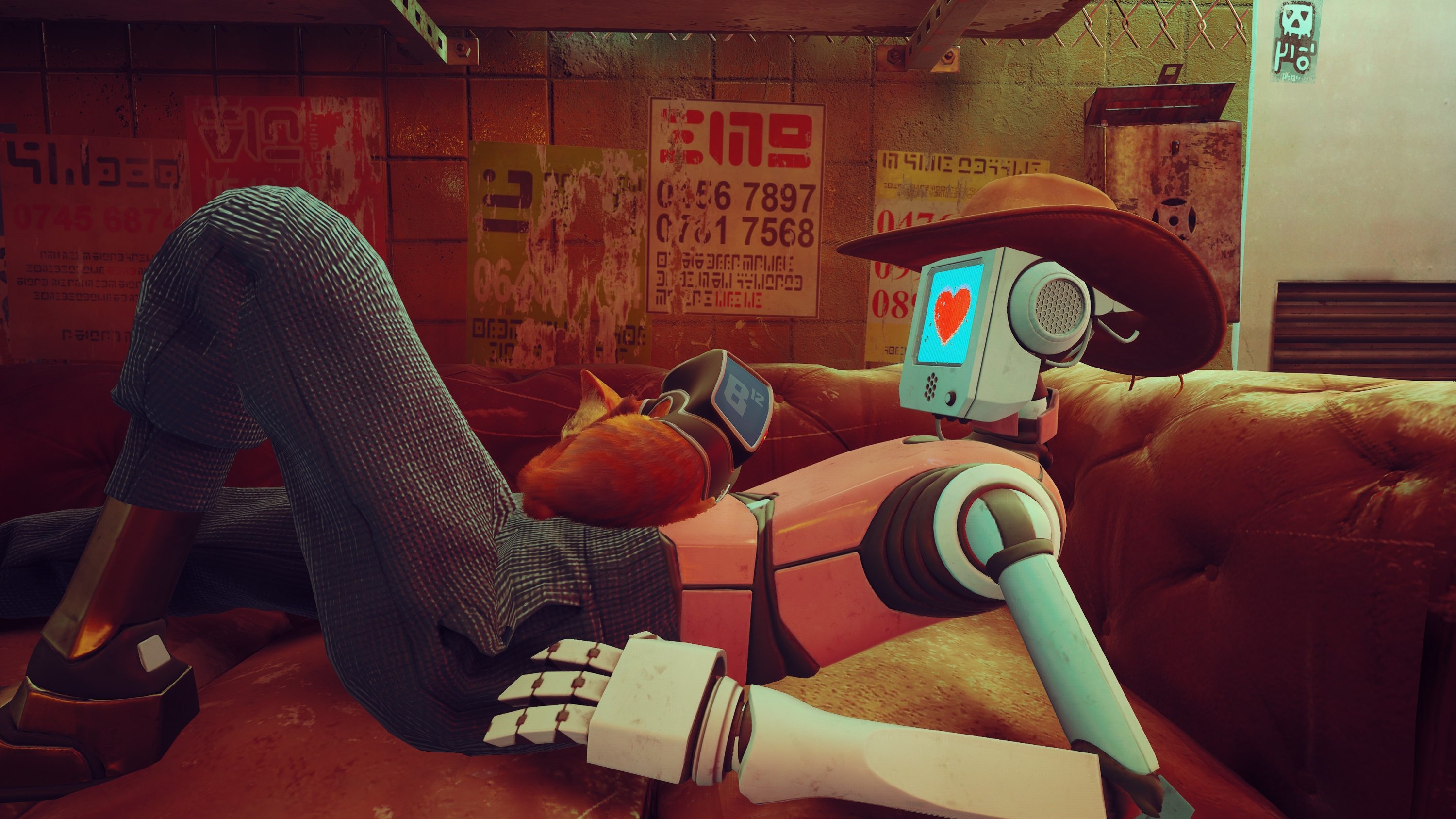
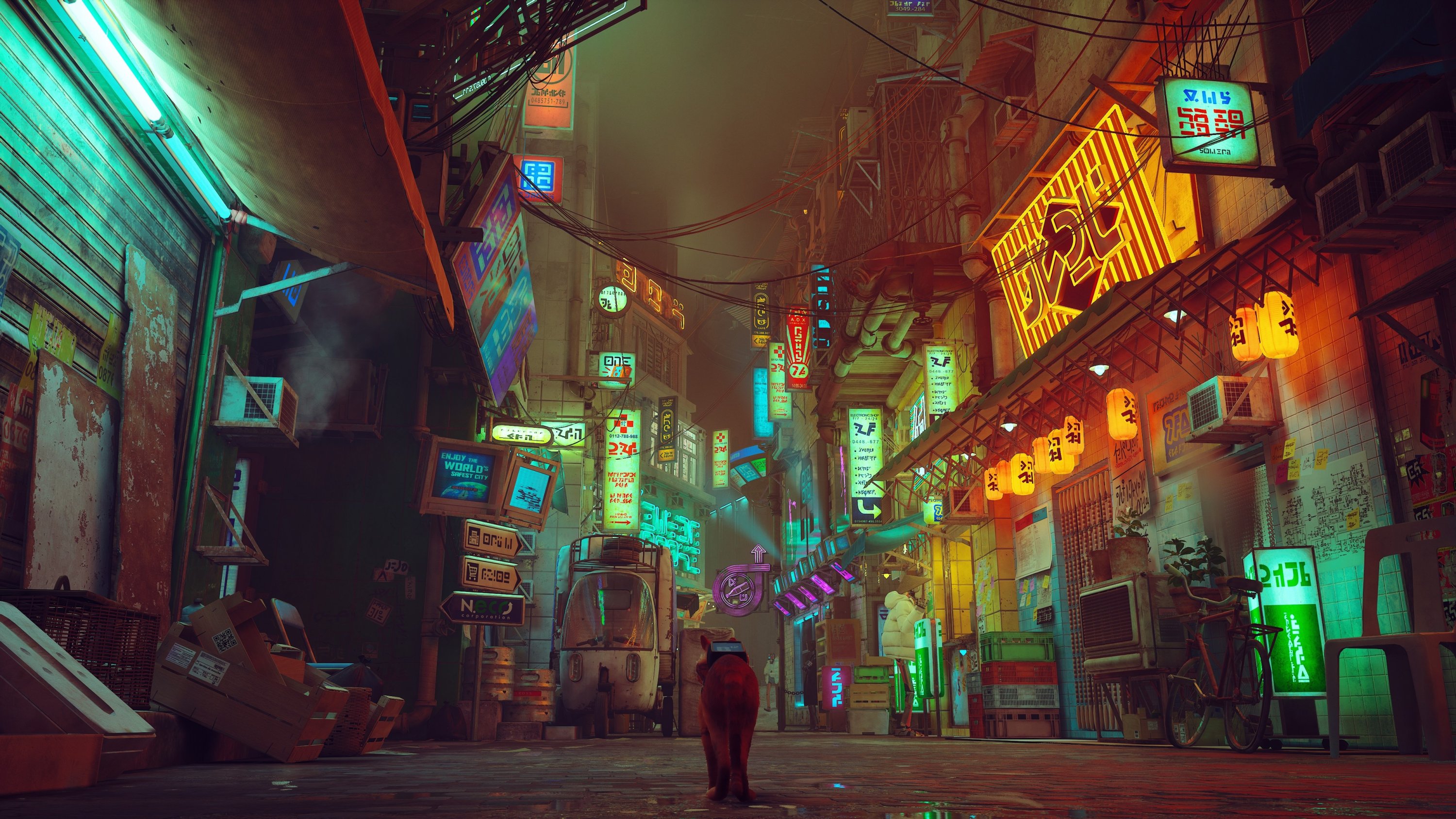
All this, the perfection of the cat, the enjoyable gameplay, the gloomy setting, the bittersweet story, all contribute to making a great Indie game. Don’t twist your expectations, this isn’t an AAA game – the industry casual classification used to describe the level of games with big publishers, high budgets, and incredible marketing behind it. This is an Indie game and all the implications of that label apply.
The gameplay, while fun, isn’t very advanced, the story, while interesting, isn’t very long, the world, while enchantingly beautiful, isn’t very big.
However, what Stray can boast of many other smaller budget games is that it is one of the best-made Indie games, one of the most beautiful and one of the best polished. Visually, not many other games this year will please your eyes with their dazzling vistas as much as Stray.
The passion of the developers is unmistakable and clearly visible in the center of the stage.
So, in yet another entry in this erratic series of video game critiques thrown by Truly Embarrassing Arts and Truly Electric Arts – which grew out of a pun on Electronic Arts – Stray definitely lands his passion on the Electric side. The most important factor is that it allows us to play like a cat.
Let’s leave it at that and in our next TEA session catch up on another great journey through the realm of video games – although I must warn you to be careful with tea around cats, especially playful cats.
.

0 Comments